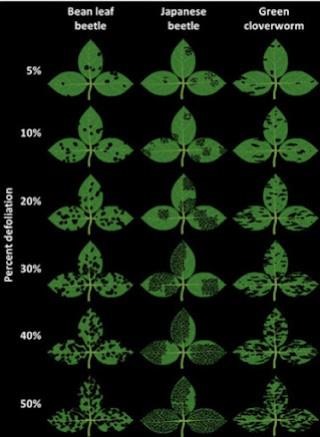Table 1. Summer lifecycle of major cropland grasshoppers
Grasshopper species | Nymph stage | Adult stage |
Twostriped (Melanoplus bivittatus) | May through early July | Early June through end of season |
Migratory (M. sanguinipes) | Mid May through mid August | Late July through end of season |
Clearwinged (Camnula pellucida) | Mid May through mid August | Late June through end of season |
Redlegged (M. femurrubrum) | Late May through late August | Late June through mid August |
Differential (M. differentialis) | Mid June through mid August | Mid August through end of season |
Soybeans
Soybeans can tolerate some defoliation before yield is affected enough to make an insecticide treatment a consideration. Grasshopper leaf feeding is most common, but pod feeding can affect yield much more directly and is less tolerable.
To scout for grasshoppers in soybeans, examine at least 10 plants randomly throughout the field to estimate defoliation. In reproductive stage soybeans, insecticide treatment should be considered if more that 20% of the leaf material across the whole plant is defoliated (Fig. 2), which is a metric used across damage across all leaf feeding insects that may also be present in the field at the same time. If feeding damage is present on more than 10% of pods.
 |
| Figure 2. Defoliation estimates for a single trifoliate soybean leaf. When scouting, be sure to average defoliation across the entire plant. A single leaf could have 40% defoliation as depicted above, but the remainder of the plant could have 5% defoliation or less where treatment would not be warranted. Image: Robert Koch, UMN. |
For more guidance on determining soybean defoliation percentages and decision-making, visit: https://extension.umn.edu/soybean-pest-management/grasshoppers-soybean
Alfalfa
The third cutting of alfalfa is mostly wrapped up in the state, but growers may be concerned about keeping stands healthy for fall growth, especially after walking through clouds of grasshoppers. To scout for grasshoppers visually in alfalfa fields, thresholds are calculated as the population per yd2 (Table 2). When sampling within the field, be sure to get a representative count of the whole field. While walking through the field, visualize a 1 ft2 area (imagine a large kitchen tile) at a point ahead of you. When you reach the 1ft2 , count the number of grasshoppers moving or feeding within it (most easily done by moving your foot over the area and counting the number of grasshoppers that hop away). Count a minimum of 20 samples, calculate the mean number of grasshoppers per ft2 and multiply by 9 to arrive at the population per yd2 . Action thresholds vary for adult and nymphs and whether you are scouting the margin or inside the fields.
Table 2. Count-based grasshopper thresholds suited for alfalfa fields.
Rating | Nymphs / yd2 | Adults / yd2 |
Margin | Field | Margin | Field |
Light | 25-35 | 15-25 | 10-20 | 3-7 |
Threatening (threshold) | 50-75 | 30-45 | 21-40 | 8-14 |
Severe | 100-150 | 60-90 | 41-80 | 15-28 |
Very Severe | 200+ | 120+ | 80+ | 29+ |
Control methods
Many of the insecticides commonly used for other soybean and alfalfa insects, such as pyrethroids and organophosphates, are labeled for grasshopper control. Large adult grasshoppers can be difficult to control, so use appropriate labeled insecticide rates. Especially as some soybean fields reach maturity, check the pre-harvest interval (PHI) on any insecticides that are being considered. Common PHIs can range between three to four weeks in soybean, so for some growers, the treatment window is narrowing. As plants mature, grasshoppers may also move out of soybeans in search of more palatable food sources.
Watch soybean and alfalfa fields with high populations next spring as well. Cold, wet weather next spring could solve a grasshopper problem for you.
Source : umn.edu